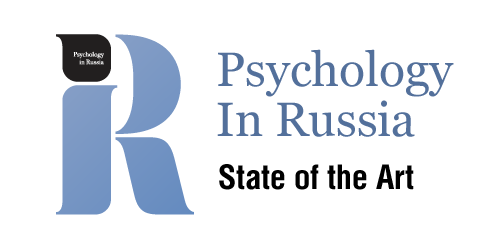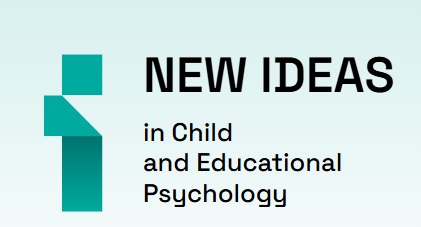Mirzoyan, A.G.

Senior Lecturer at the Department of Economics of Innovation, Faculty of Economics, Lomonosov Moscow State University.
-
Attractiveness of Targeted Advertising Based on Personality TraitsLomonosov Psychology Journal, 2025, 1. p. 175-201read more2248
-
Background. The excessive use of users’ personal data in advertising targeting gives rise to the paradox of personalization: on one hand, individuals desire to receive tailored offers, yet on the other hand, they experience discomfort from excessively personalized messages. The personalization paradox diminishes the effectiveness of advertising campaigns, thus necessitating the exploration of new solutions in advertising personalization.
Objective. The aim is to identify the correlation between the appeal of advertising on social networks and consumer personality traits.
Study Participants. The preliminary survey collected data from 159 respondents between the ages of 21 and 60. The average survey completion time was 8.5 minutes. During the main data collection phase, a survey was conducted involving 543 respondents. The average age of the sample was 26.5 years (ranging from 17 to 67 years), with 60% of the respondents being female. The average survey completion time during this phase was 5.5 minutes.
Methods. The study employed a survey-based data collection method. A novel approach was proposed for determining the relevance of advertising layouts to consumers. Euclidean distance and Chebyshev metrics were used as measures of similarity.
Results. The collected data enabled the authors to measure similarity between the characteristic profile of an individual and the attribute profile of an image, which were pre-assigned by independent raters. There was a consistent trend revealed: individuals with more pronounced traits of “agreeableness” and “conscientiousness” generally found the advertising layouts more appealing. Additionally, the obtained results demonstrate a significant positive relationship between the perceived attractiveness of an advertising layout and its personalization based on personality traits.
Conclusions. Personalization based on the Big Five can be used as a tool to make advertising more appealing to consumers. Based on the obtained results, recommendations that may be useful for marketers in designing advertising campaigns were developed. The study’s findings contribute to the discussion on the effectiveness of personalized advertising based on consumer personality traits.
Keywords: advertising; advertising personalization; Big Five; personality traits; psychological targeting DOI: 10.11621/LPJ-25-08
-









